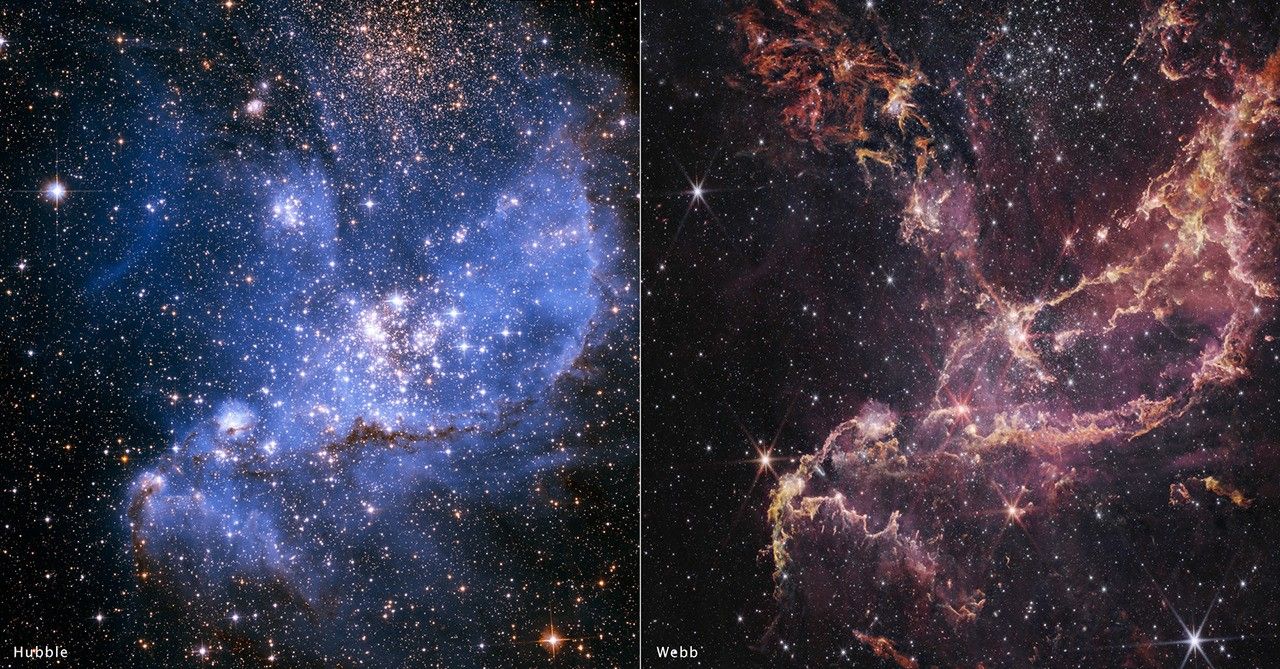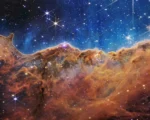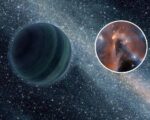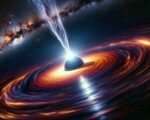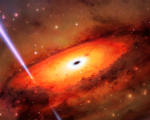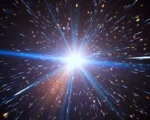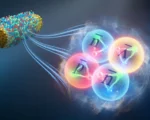Webb Telescope Solves Longstanding Mystery of Planet-Forming Disks
The James Webb Space Telescope (JWST), a collaboration between NASA, ESA, and CSA, has confirmed a long-standing mystery surrounding planet formation in the early universe. Findings published in The Astrophysical Journal suggest that planet-forming disks around stars lasted much longer than previously thought, even in environments with minimal heavy elements. This revelation is reshaping our understanding of how planets formed in the early stages of the cosmos, challenging established theories and offering new insights into the processes of planet formation.
Unraveling the Hubble Discovery
In 2003, the Hubble Space Telescope observed massive planets orbiting ancient stars, which was a surprising discovery. These stars lacked heavier elements such as carbon and iron—elements considered crucial for planet formation. The existence of planets around such stars raised significant questions about how these celestial bodies could form in the absence of the necessary raw materials. The discovery left astronomers puzzled, as the standard model of planet formation suggested that such environments would be unsuitable for planet growth.
Webb’s Investigations in NGC 346
To further investigate this phenomenon, the Webb Telescope focused its attention on NGC 346, a large star cluster located in the Small Magellanic Cloud. As one of the closest neighbors to the Milky Way, NGC 346 offers a unique opportunity to study the conditions that closely resemble those of the early universe. The cluster’s stars, estimated to be only 20 to 30 million years old, were found to retain planet-forming disks far longer than expected. These findings suggest that, under certain conditions, planet formation can occur in environments dominated by hydrogen and helium—elements characteristic of the early universe—extending the timeline for planet development.
Implications for Planet Formation Theory
This new discovery from the Webb Telescope has profound implications for our understanding of planet formation. The fact that planet-forming disks around stars can endure longer than previously thought suggests that the conditions for planet formation in the early universe may have been more favorable than originally believed. This challenges current models and opens up new avenues for research, potentially altering how we think about the development of planetary systems in the distant past. As Webb continues to explore distant star clusters, it promises to provide even more insights into the complex processes that shaped the early universe.


